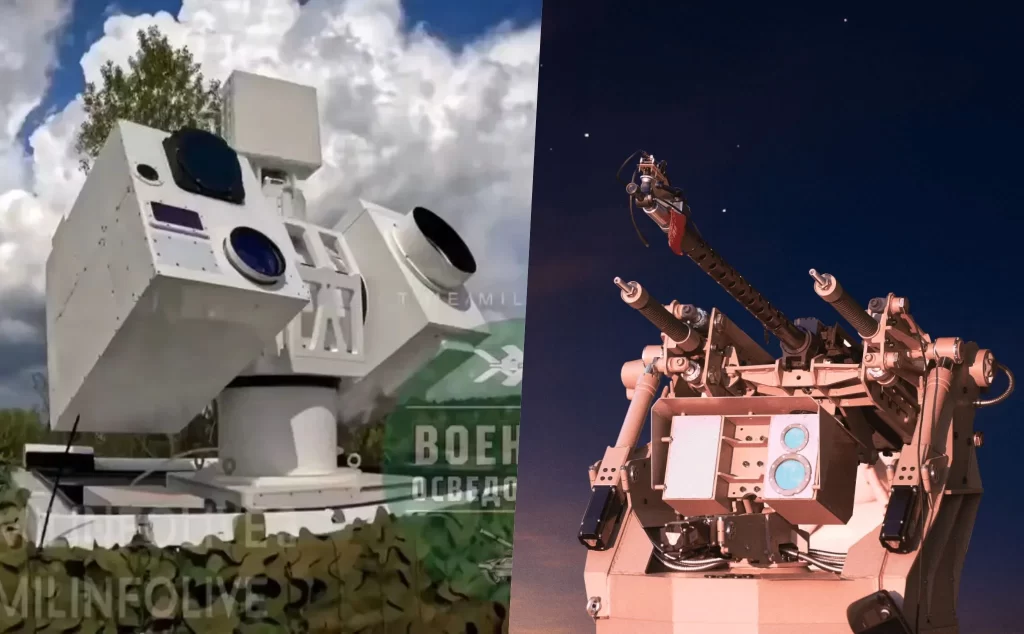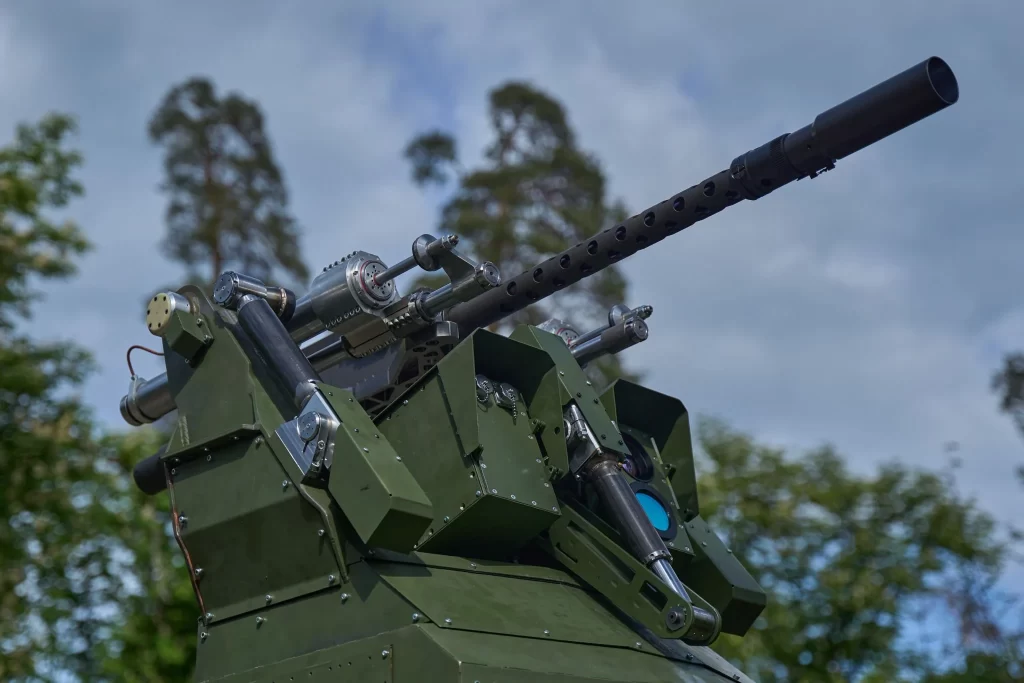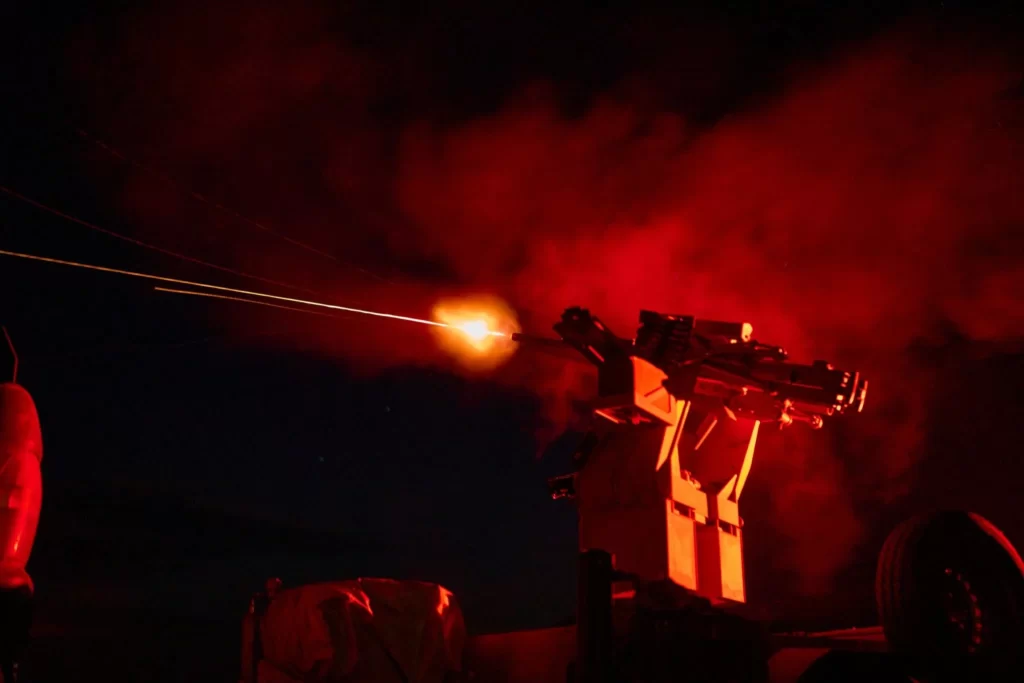A video posted on Telegram suggests that the Russian military may be testing a laser-based air defense system allegedly supplied by China. Meanwhile, Ukraine is stepping up its defenses against Russian drones with a fully automated, AI-driven air defense system.

Russian Telegram channels have circulated footage showing a group of Russian soldiers operating a low-altitude air defense laser system (LASS) to take down drones. The system is believed to be of Chinese origin. If confirmed, this would mark the first time a Chinese laser weapon has been deployed on the Ukrainian battlefield.
The first part of the video showcases the laser system’s destructive capability, drilling multiple holes into a thick metal plate placed on the ground. In the second part, the system successfully takes down a large drone—though it remains unclear whether the drone belonged to Ukraine or was a Russian test target.
https://x.com/NOELreports/status/1928736696440344798?ref_src=twsrc%5Etfw%7Ctwcamp%5Etweetembed%7Ctwterm%5E1928736696440344798%7Ctwgr%5E%7Ctwcon%5Es1_&ref_url=
According to The War Zone, the laser system bears a strong resemblance to the “Shennong” model—a Chinese-made laser air defense unit previously supplied to Iran. The resemblance is particularly noticeable in the lens configuration. Shennong systems are typically mounted on Dongfeng Mengshi tactical vehicles, coming in variants such as Shennong 3000 and 5000.
On the other side of the conflict, Ukraine has announced the deployment of an AI-powered air defense system called Sky Sentinel. According to Yuriy, a Ukrainian air defense commander, a prototype of the system has already shot down at least six Russian Shahed drones. It is also capable of intercepting cruise missiles within its effective range.

Sky Sentinel is designed for fully autonomous operation, using artificial intelligence to minimize human involvement. Yuriy explained that once activated and synced with radar data, the system automatically scans the airspace, identifies potential threats, locks onto targets, calculates their speed and trajectory, and determines the optimal firing point.
Operators are not required to manually select targets—this is handled by the system’s sensors and software. However, human authorization is still required before it fires. “This approach helps prevent mistakes while maintaining human oversight,” Yuriy noted.
He also stated that the AI can distinguish between birds and drones, only locking on when a genuine threat is detected. Additionally, the system can calculate firing solutions based on environmental factors such as wind speed.

United24—a Ukrainian government initiative for defense fundraising—reports that Sky Sentinel features 360-degree rotation and is equipped with a machine gun. It can intercept aerial targets flying at speeds up to 800 km/h and as small as one-fifth the size of a Shahed drone. However, its maximum range remains undisclosed.
The total number of Sky Sentinel units produced is currently unknown. United24 is raising funds to manufacture ten more systems. Sky Sentinel is fully designed and tested in Ukraine, with AI software developed locally. Nonetheless, some foreign-made components are still required due to domestic production limitations. The identity of the development team remains confidential, though they aim to scale up production to several dozen units per month.

Sky Sentinel may prove to be a crucial asset in protecting Ukrainian cities. Russia has launched hundreds of drones in a single night, overwhelming Ukraine’s defense systems, especially as Western-supplied air defense stocks dwindle. Moreover, many of Ukraine’s current defense weapons are significantly more expensive than the relatively cheap Russian drones. Systems like Sky Sentinel offer a more cost-effective solution—each unit costs roughly $150,000, compared to $4 million for a single U.S.-made Patriot missile. According to United24, defending a single city could require between 10 and 30 Sky Sentinel systems.